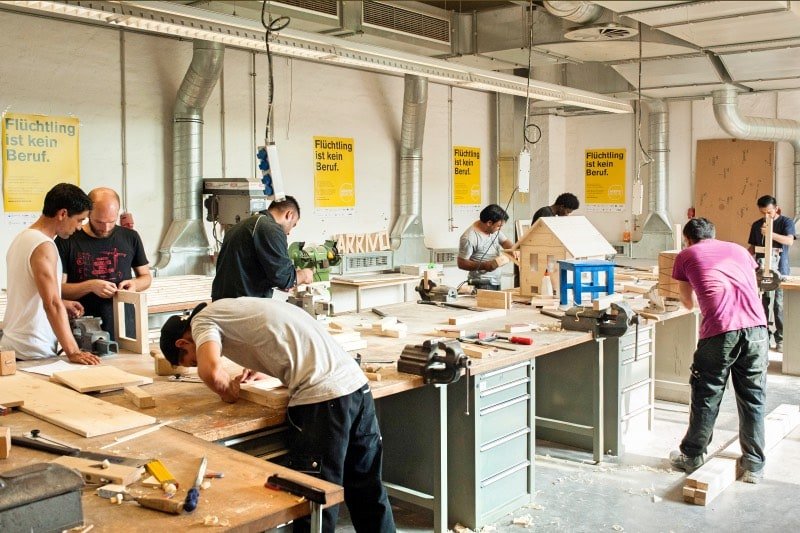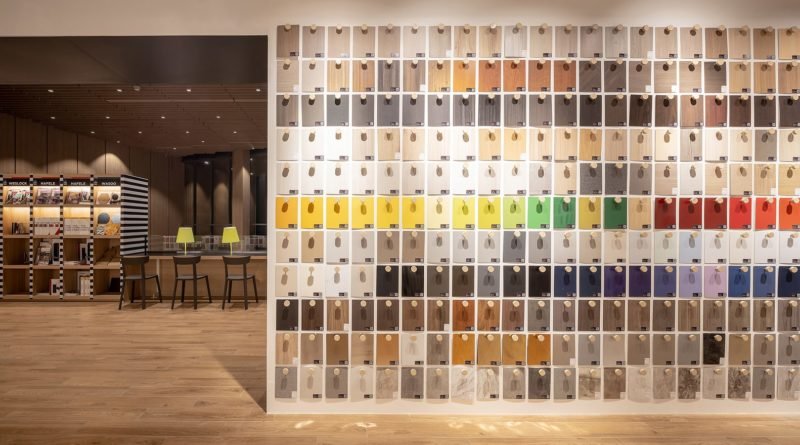Speculations On 3D Printing
Will 2010 become a 3D year, with a massive launch of 3D movies, 3D HD televisions, Augmented Reality applications, and printing of 3D objects?
An intriguing series of 3D printing innovations has reached my field of understanding. This has led to some speculations about a future in which we all have our 3D printers standing next to our good old laser printers and scanners. Of course, current prices don’t allow normal families to purchase a 3D printer. A commercial 3D printer costs about 30,000 dollars at the moment. But this will change quickly as we have learned from the short history of electrical and digital equipment. Some time ago, Jeroen wrote about landscape jewelry on this blog. But it seems the whole 3D printing story comes closer to a consumer mass product.

Pretty recently, the Dutch company Shapeways introduced a pioneering 3D color printer built on interesting techniques which enable us to send in 3D drawings, created with software of your choice, and to get a real materialized 3D model delivered home. The machine works with a special sand-based powder and five ink cartridges. A series of interesting products has already been made, varying from playful puppets, domestic equipments and even a video camera as shown in the movie below. After doing the printing you can keep the 3D printed models, give them away as a gift or even sell them in the Shapeways shop.
For now the 3D printer is available as an online service but this might change soon. The introduction of the 3D printer as a consumer good available in every household will be a major change for our economy and therefore life and city. Imagine having a printer that will be able to print cups, plates, teapots and cupboards, tables, chairs and lots of other stuff. Here I’m not talking about the semi-art and pretty ugly decoration showed in Shapeways gallery, but about stuff we really need.

We’ll have the factory at our homes soon. The sole thing one has to do is to design or download a model from the Internet and press play. A complicated production process can be done at home while having no actual handy-man skills. All the production and distribution chains that drive our economy will change. Some industries will be useless, as we are able to create our own stuff pushing a single button. Much of transportation, distribution, logistics and retail, and carrying stuff around will have a chance to become irrelevant. In the future we’ll only buy a design online and print it at home. As a consequence new online businesses will emerge — industrial designers will have a webshop with their designs to be downloaded for home printing. In the supermarket we’ll find bags with the necessary commodities (all sorts of sand and plastics to fill the printer) and lots of current products need to be redesigned for the new home printing market, using the materials that can be used in these printers.
A lot of speculative thinkers predict a future of small highly self-sustaining tribes and micro-civilizations. The development of the 3D printer combined with online services will partly be a step in this direction.



